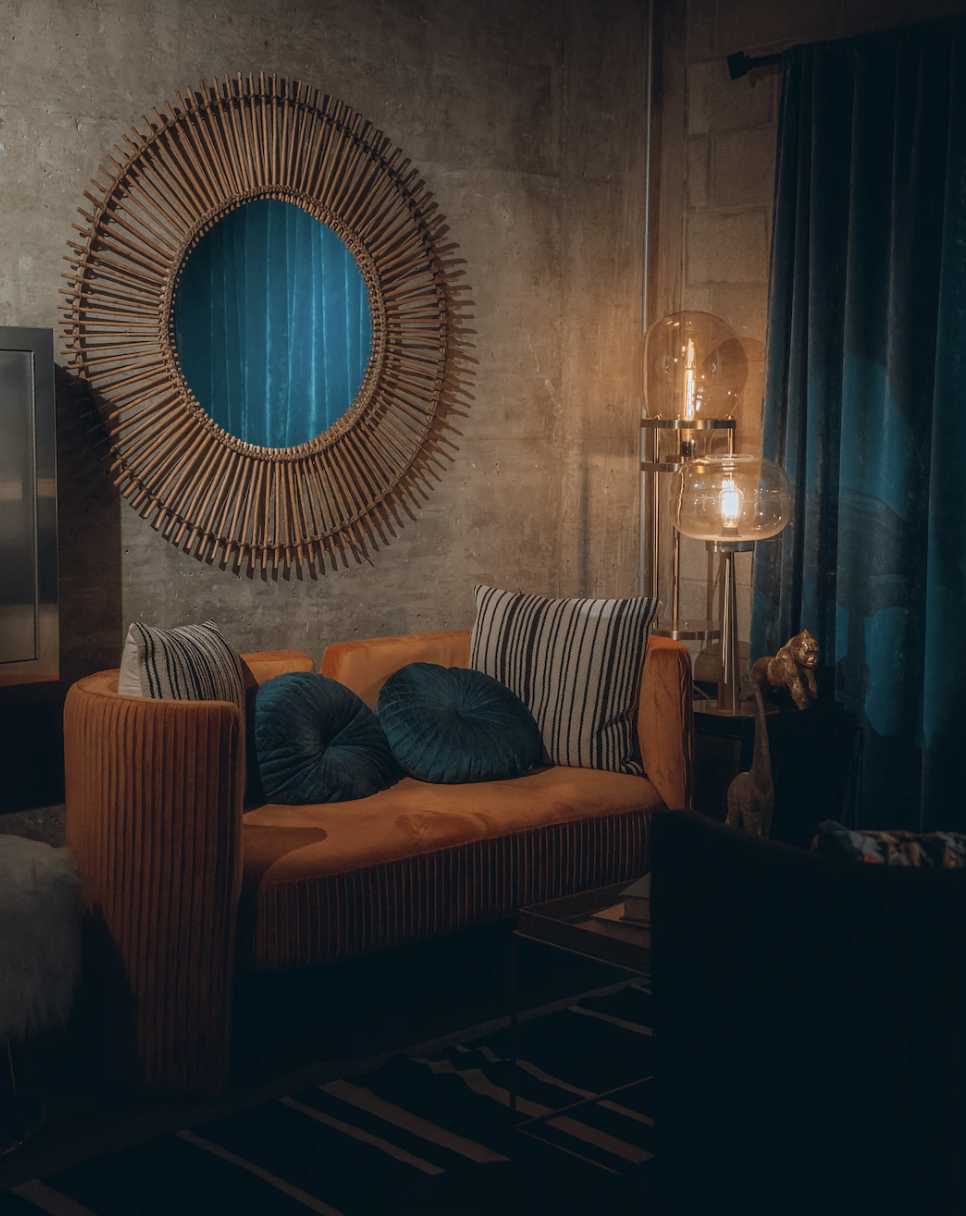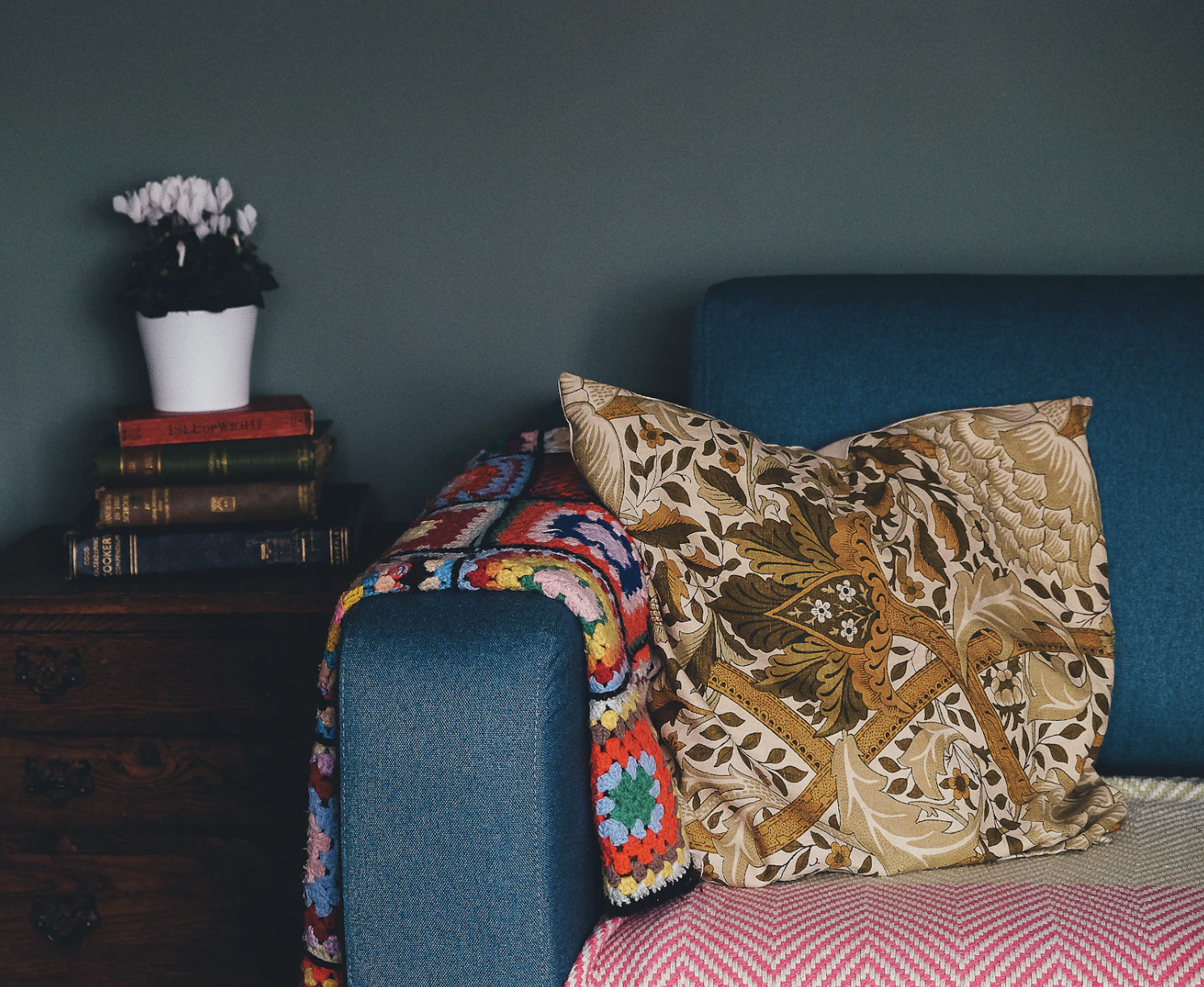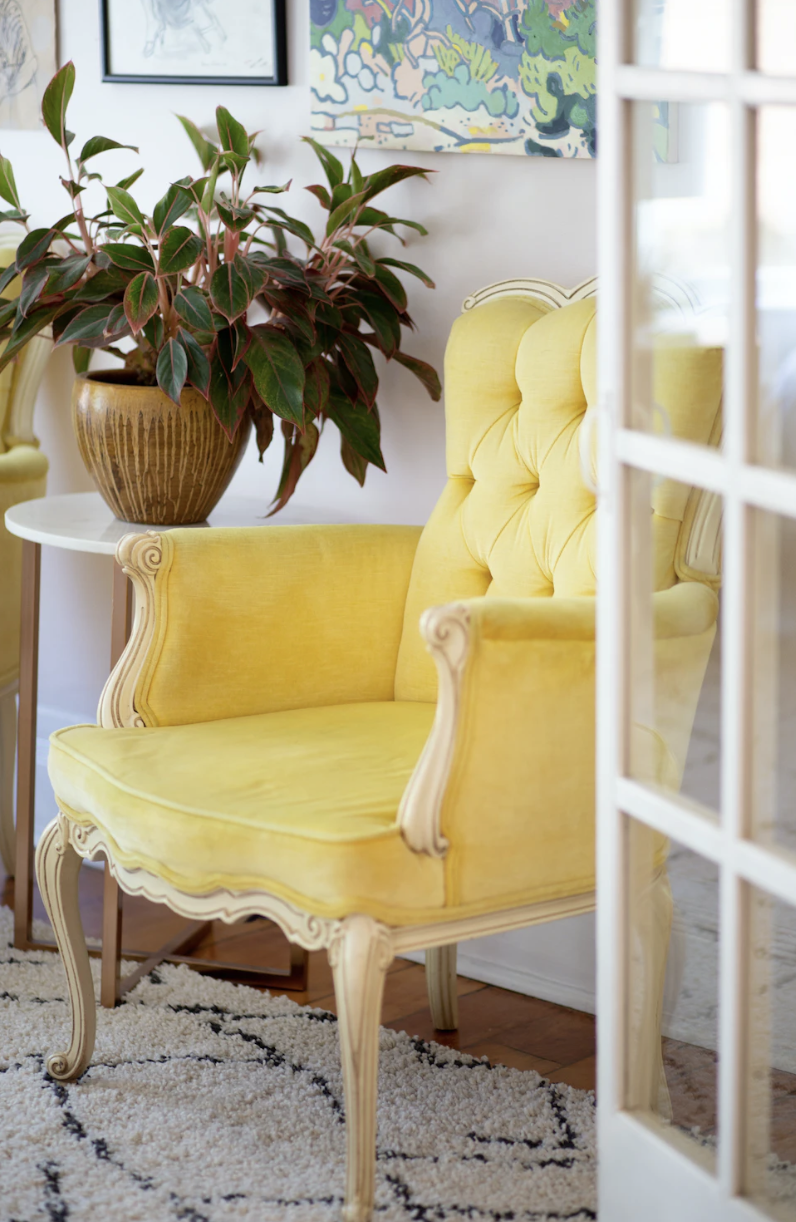What's your style?
If you are like most people, your home is a sanctuary, a safe place and an expression of your style, taste and personality. But, if it had a name, what would it be? Can you label it? And are you happy with it?
Good Design…
…often starts with what mood you are trying to create. What mood do you think this space conjures?
As a designer I enjoy thinking about what goes with what and which style it fits within. And most importantly what moods are conjured by my design schemes and ideas. But I am aware that it can be a bit of a minefield for many. Just because you like things doesn't mean that they will go well together!
ecletic or uncoordinated mish mash?
Here’s an example; A friend casually asked me for my opinion on her lounge while we were having a cuppa. I looked around the room and quickly identified 6 different styles; a romantic glass chandelier and patterned wallpaper, a gothic fireplace, 80’s shiny pine TV stand, older rustic pine chest of drawers, mid-century style sofa and vintage ornate button back armchair and a few bling ‘luxury’ items in lamps and accessories like ornaments and picture frames. Although the colour scheme was consistent, all of the furniture, lighting and accessories were not.
Now, you don't have to match every item style wise, but 6! No wonder she felt the need to ask me.
Her comment to me was a light-hearted and throw away one. She was vaguely unhappy with her lounge but didn't really know why. When we talked it through she could see how variable her choices were and why they didn’t look quite right together. I asked which items she really didn't like and which one she did. For example the 80s pine TV stand really had to go. In just five minutes she had a plan. She was amazed at how quickly her view of what she had chosen changed. Sometimes a room doesn’t need a total redo. Sometimes, like with my friend, it just needs a few tweaks.
Are you like my friend? A little bit blind to styles? If so, here are some helpful identifiers to help you see things more clearly.
Photo credit Julian Hochgesang
My top tips for creating a cohesive style:
1. Mood. Good design always starts with mood or function. What mood are you trying to create? Relaxed? Sociable? Romantic? Business like? To get the right feel you need to pull together an idea in relation to shapes, materials, the right era and the right level of stimulation. I’ll explain what I mean; let's go through each in turn.
2. Understanding what shape, form and scale of items will best create your desired mood. To create a romantic feel use curvy lines, soft materials, and ornate details. Or to create a clean and fresh space use symmetry, straight lines and boxy shapes.
3. Materials. Then think about the finish of the materials you choose; mirrored, shiny and glossy finishes are very different to look and touch one compared with matt, organic and textured finishes.
4. Era. Do you like particular style from an era of time? Art deco developed in the 1920s and around the 1950s, and after the Second World War a new modern style of interior emerged which is now popular again; mid-century modern. The 80s were a time of bright colours in fashion but oddly beige and taupe interiors.
5. Check the legs! a good way to quickly identify the style of a piece of furniture is to look at the legs. Perhaps it's vintage with barley twist or Queen Anne curved? Maybe it's more modern? Metal pin legs? Long smooth wooden slightly splayed? Or short and blocky? Carved. Plain.
6. Consistency. Finally try to be consistent and pick items that go well with each other; in terms of styles, materials, colours, shapes and era.
If you are like my friend and reviewing your current space; think about what goes with what and if anything jars. Do you have a favourite piece? Perhaps you could align everything else to that and remove or change the things that don’t fit. Do you have something you’ve always hated? Maybe its time to let it go.
Photo credit Amanda Vick
I hope that helps you the next time you are planning a room. Perhaps you are looking at the one you are sitting in right now with fresh eyes.
Love and light
Michelle x




